Legendary Paris department store La Samaritaine reopens
Following an extensive redesign by a team of international architects and designers, legendary Paris department store La Samaritaine reopens its doors
Matthieu Salvaing - Photography
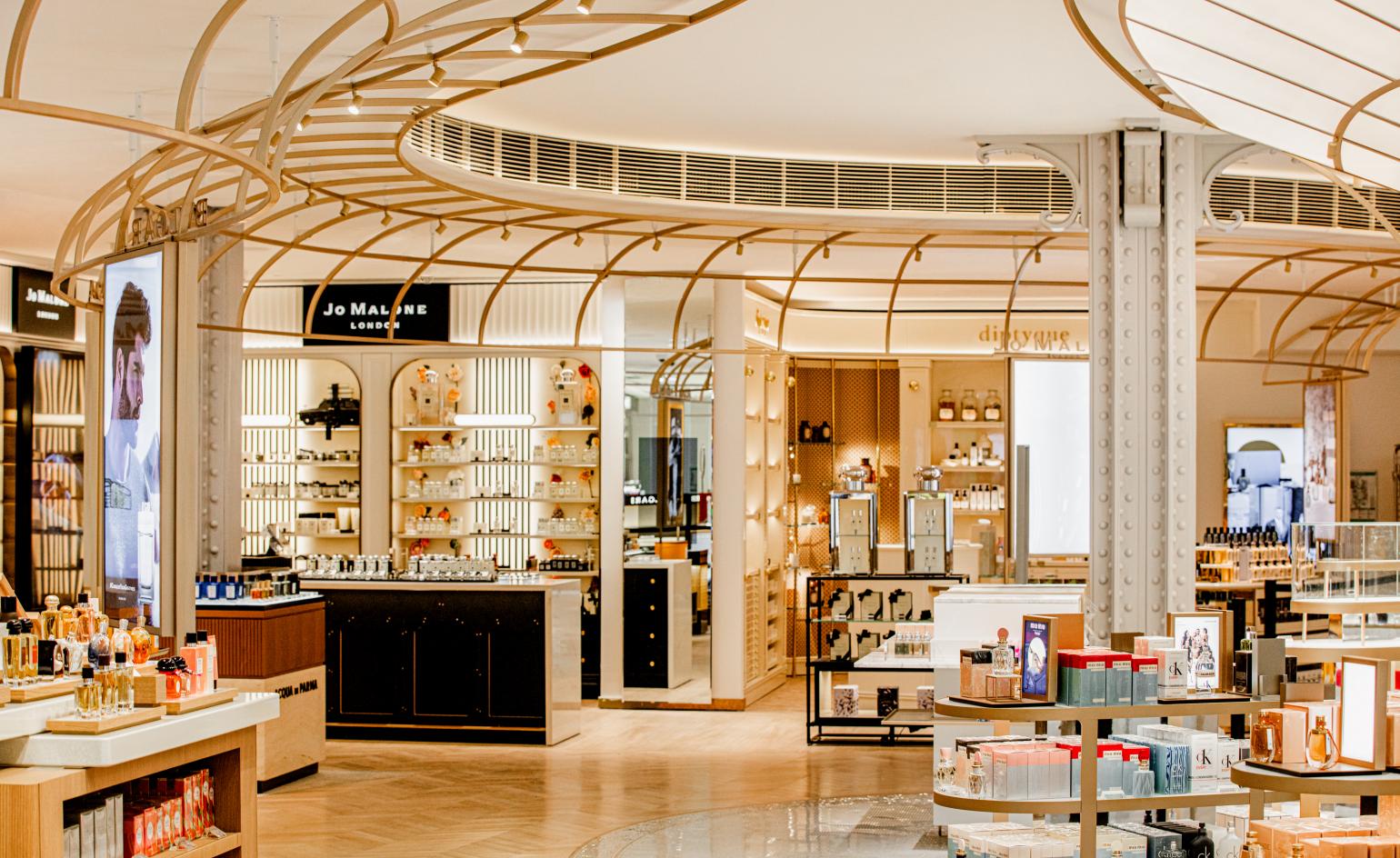
When iconic Paris department store La Samaritaine closed in 2005 for safety reasons, it had clearly seen better days. It was once the place you went to buy a new broom, or to take visitors for a spectacular view of the Seine, but its art nouveau interior had aged into a state of permanent melancholy.
The store had always been what the French call populaire. In 1870, a salesman named Ernest Cognacq, with his wife Marie-Louise, opened a store on this spot. As it grew, the architect Frantz Jourdain convinced them to erect a new building that would bring ‘art into the street’. They inaugurated his light-filled, iron-framed art nouveau building in 1910, followed by Henri Sauvage’s art deco extension in 1928. But by the 1970s, La Samaritaine’s sales were in decline and, in 2001, the luxury goods group LVMH acquired the store’s four timeworn buildings (along with an adjoining apartment block, which it agreed to renovate and sell back to the city as social housing).
After 16 years of legal wrangling and construction, LVMH has finally unveiled the new, and very swanky, La Samaritaine, run by the group’s travel retailer DFS. The site will also include offices, a daycare nursery, and a Cheval Blanc hotel. LVMH hired four separate firms to redesign the different parts of the store, while specialist contractors were brought in to painstakingly renovate historical features, such as the magnificent glass roof, the monumental staircase, peacock frescoes on the top floor, and enamelled lava panels on the façade.
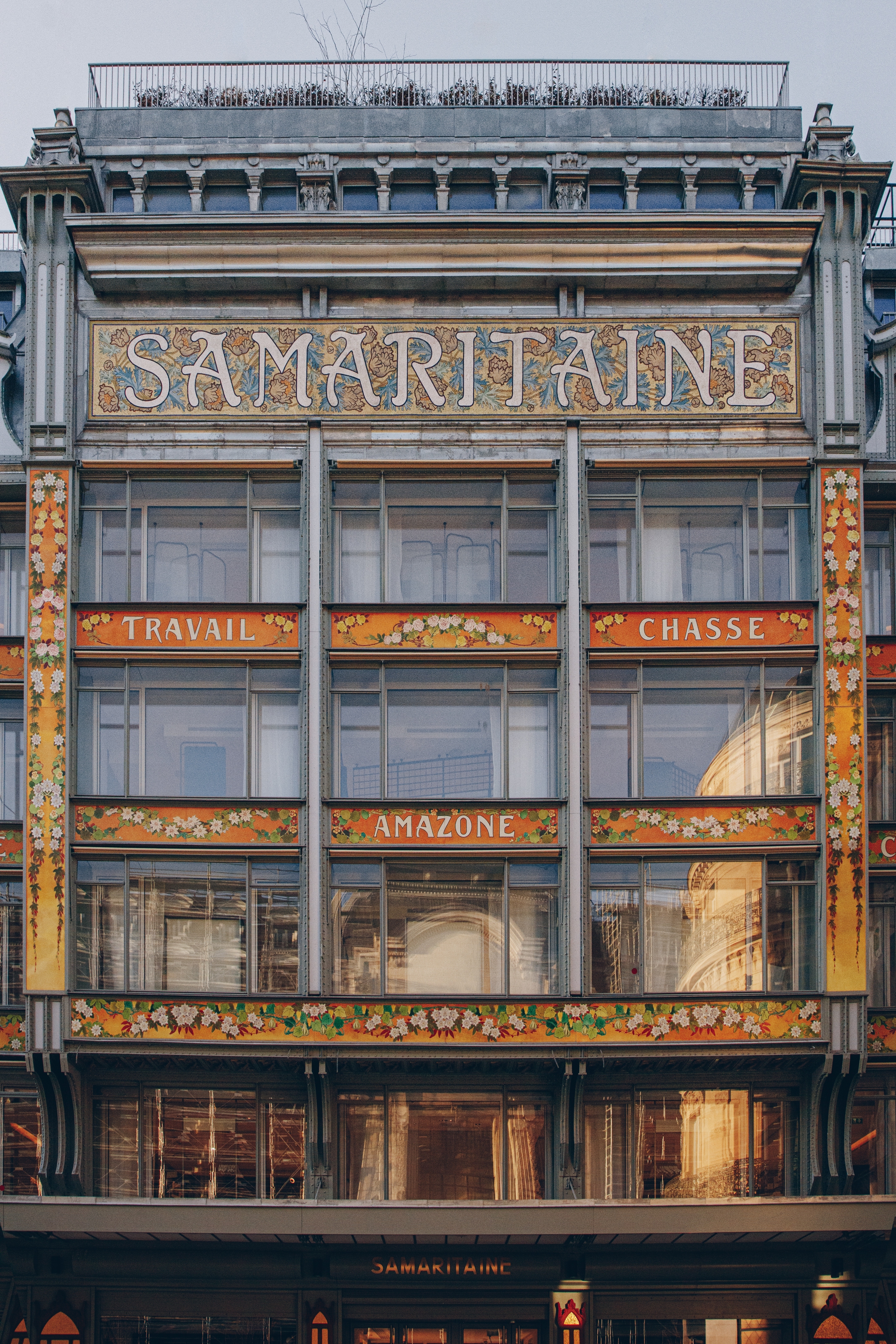
Japanese architecture studio SANAA was given the task of unifying the store. It added two glass-roofed courtyards and replaced a nondescript 19th-century building on Rue de Rivoli with a new structure fronted by rippling glass. Though detractors compare this façade to a shower curtain, it provides a strong, minimalist contrast to the ornate art nouveau façade, and its transparent curves reflect the buildings around it. SANAA also created a glass mosaic floor for the top level of the art nouveau building, referencing the glass floors that covered the entire store in Jourdain’s original design.
Each level of La Samaritaine is now devoted to a carefully curated shopping category, with islands of discovery here and there (art from gallery Perrotin, customised bottles of Ruinart, ‘street caviar’ sandwiches… ) There are 12 unique food vendors scattered throughout, and the top floor is completely devoted to food, with a lounge, bar and formal restaurant.
The Toronto/New York firm Yabu Pushelberg redesigned the art nouveau interior, now known as the ‘Pont Neuf’ side. As the designers recall, the original brief was aimed at foreign tourists, but they were determined that the store maintain a Parisian flavour. ‘La Samaritaine had been a big, giant, glorious general store for the people of Paris,’ says George Yabu. ‘So we thought, why don’t we make it resonate with the locals as well?’

The firm set out to find a balance between history and modernity. The ornamental art nouveau context was a challenge, and at times they disagreed with historical choices, such as an original egg yolk yellow. (‘Maybe the architect had a bad day,’ says Yabu.) They managed to soften the shade, and the store’s colours are now an eye-pleasing mix of golden tones, such as bronze metals and blond woods, and the ironwork’s original grey-blue.
The floors – 6,000 sq m of terrazzo handlaid with marble insets – are the work of the New York-based Karen Pearse. The designers had to argue for them, since terrazzo is not French. But they make a nod to the city’s cobblestones, and terrazzo’s fluidity works well with art nouveau. Says Glenn Pushelberg, ‘It’s important that you have this quiet personality that is respectful and responsive to the old building. The pattern gives another layer of character to the whole thing, a romantic meaning that’s appropriate for Paris.’
Inspired by The Flâneur, Edmund White’s book on Paris, they wanted La Samaritaine to be a place for strolling, and the building’s bones lent themselves to this. ‘The floor plates are shallow,’ says Pushelberg. ‘You understand what’s around you, and it seduces you in a serene and intrinsically beautiful way without trapping you or tricking you like an old-school department store.’ Windows offer close-up views of a neighbouring Gothic church.
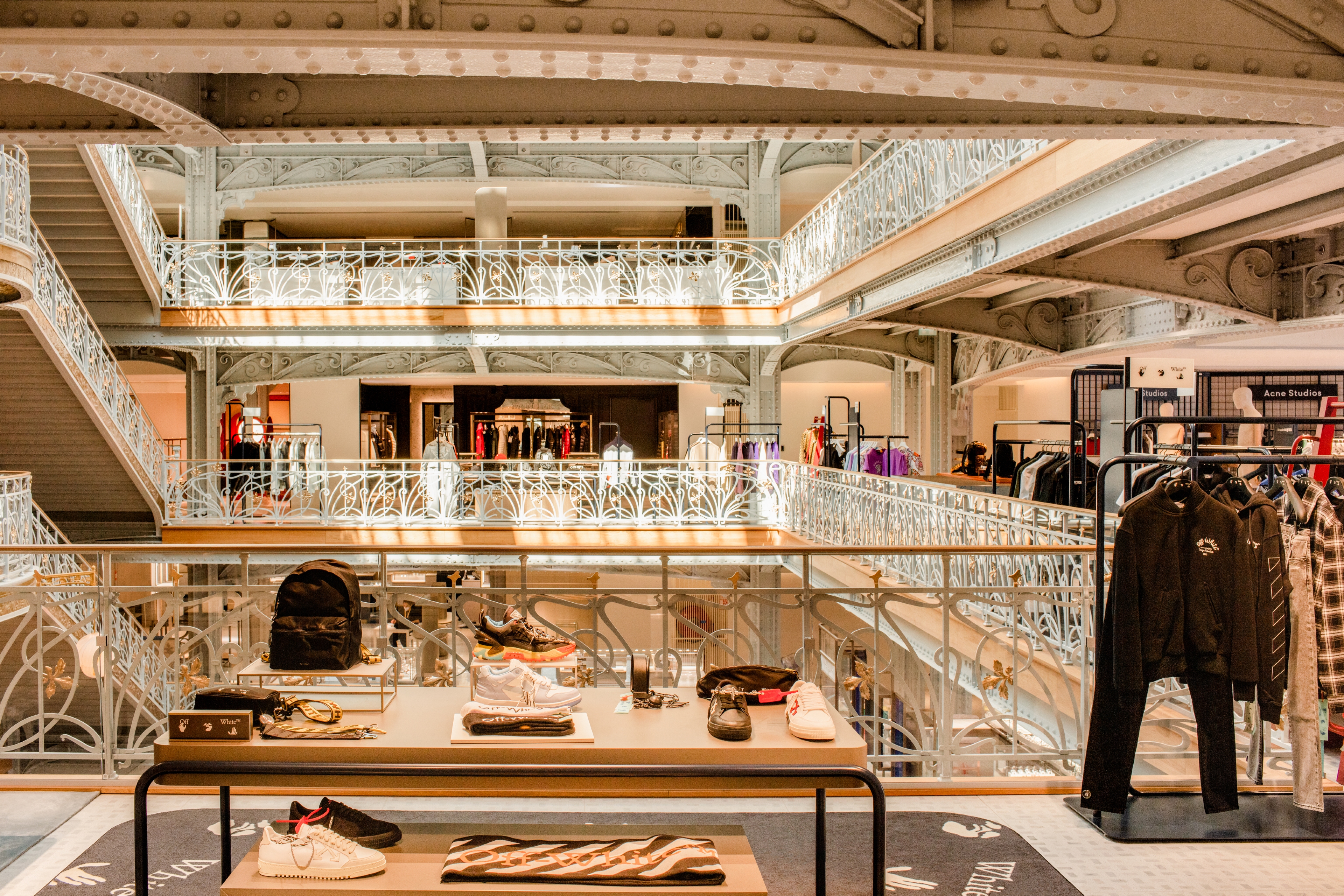
Rather than interior walls, the designers divided the space with custom-made rugs and furniture in simple shapes and classic materials. DFS wanted to put merchandise in the ground floor atrium, so they used the original floor pattern to create a graceful metal-and-glass pavilion. Lit on top, it adds to the building’s intricate layers of perspective, pattern and light.
The basement level is now home to the biggest beauty department in Europe, covering the entire 3,400 sq m footprint of the store. This section was designed by French designer Hubert de Malherbe, who also imbued it with a sense of place. ‘The legacy of La Samaritaine is so strong,’ he says. ‘We had to make people know they were in the historic heart of Paris.’
When de Malherbe won the commission, the first thing he did was go to the top of the building and look down at the view. The islands in the Seine and the medieval streets of the Marais inspired him to create a meandering promenade through the beauty stands. Point de Hongrie parquet serves as alleys, while patterned mosaic tiles delineate different spaces – flowers for fragrances, houndstooth for make-up, geometric tiles for skincare. The ceiling is broken up with delicate curving structures of gilded metal tubing. Some resemble café awnings, others the feminine crinolines of Second Empire dresses.

De Malherbe brought elegance to the Eiffel-era columns by adding decorative corbels to the tops and pedestals to the bases. He explains, ‘These add a certain sophistication, so people think “this can’t be a basement”.’ Though the ceiling is not high, the space never feels underground, thanks to a combination of artificial light and daylight from above.
As you reach the north end of the beauty department, the wood floors turn to concrete, and the decorated white ceilings to industrial metal. This is the Rue de Rivoli side, where the vibe is more street than rue. Paris studio Ciguë designed its three levels – young beauty brands underground and two floors of edgier fashion above. SANAA’s transparent wall creates visual continuity between the street and the interior, and Ciguë’s design brings the city into the cylindrical space.
To ensure that visitors entering from the street do not automatically take the lift down to the beauty section and swan off into the historic part of the store, the architects use circular floor inserts and overhead lighting to coax them to either side.
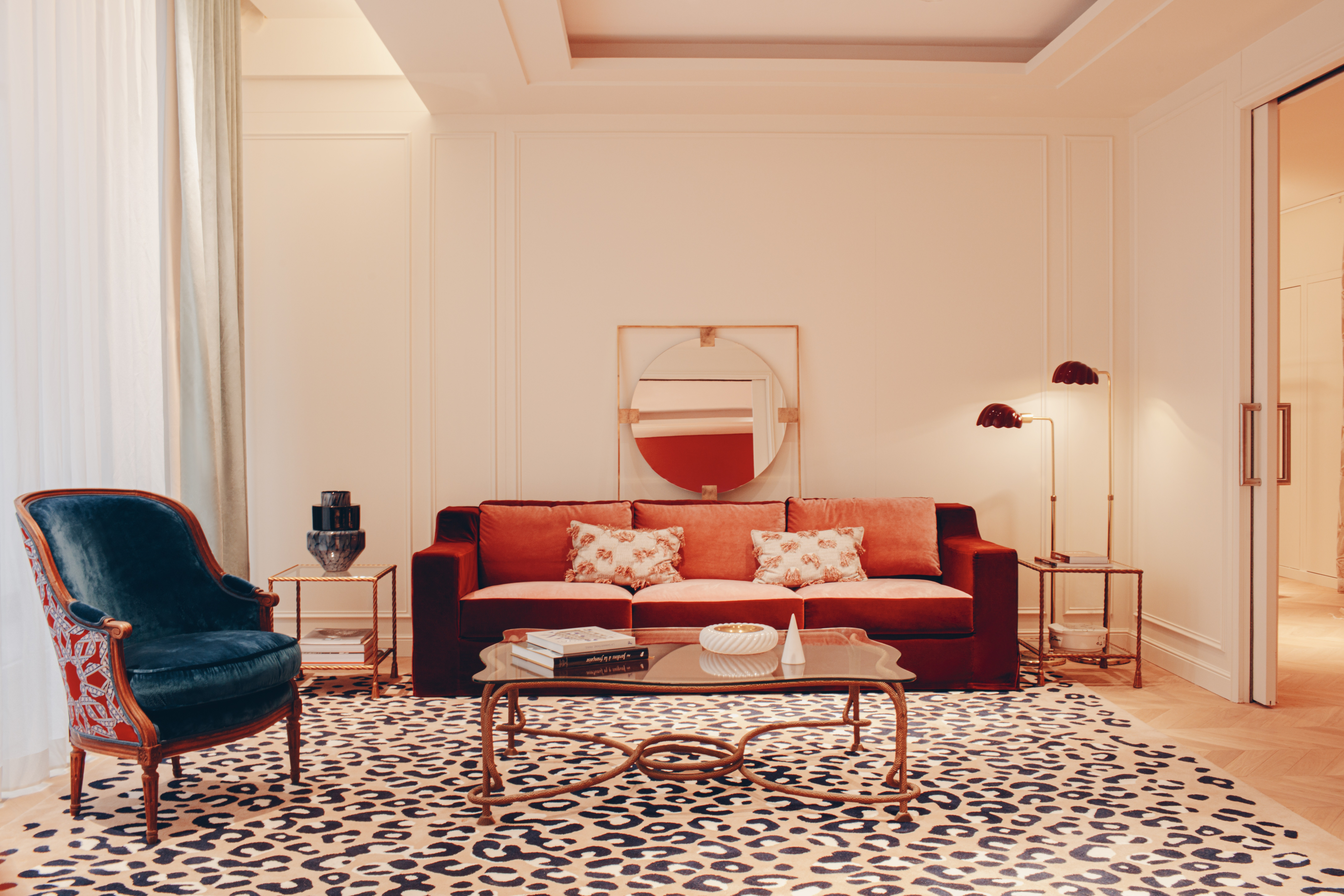
Ciguë’s Alphonse Sarthout says that his firm’s approach to the building was to express Paris, but in a different way: ‘what French style could be without the classic codes’. Drawing a link between the city’s heritage and SANAA’s contemporary design, the team came up with a ‘collage’ of brute materials and historical fragments. Sawn-off pieces of Haussmannian architecture serve as dressing rooms. Classical statues, Morris columns and blocky stools (like road barriers, perfect for checking your phone) punctuate the space. Everything can be moved around, like a construction set, as more experimental brands come or go. ‘The interior is supple and chaotic, in a positive way,’ says Sarthout. ‘It’s alive, fluid, and in perpetual evolution.’
Flexibility will be key to any modern store’s survival in an era where nobody has to leave home to shop anymore. Department stores used to be cathedrals of consumption, but now they must offer unique and ever-changing experiences. With its exclusive brands, tapas-and-cocktails and 21st-century Parisian vibe, the new Samaritaine aims to do just that.

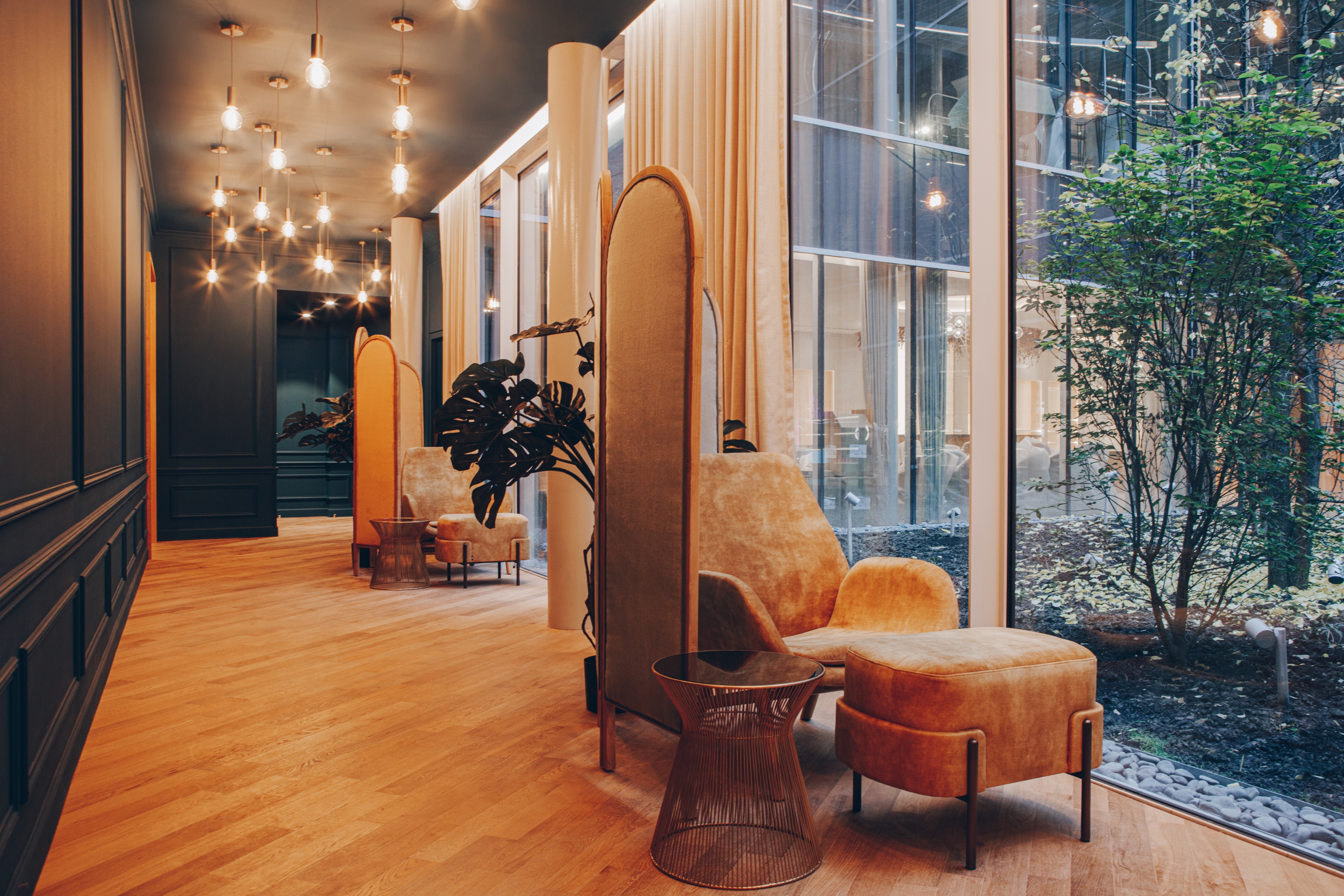
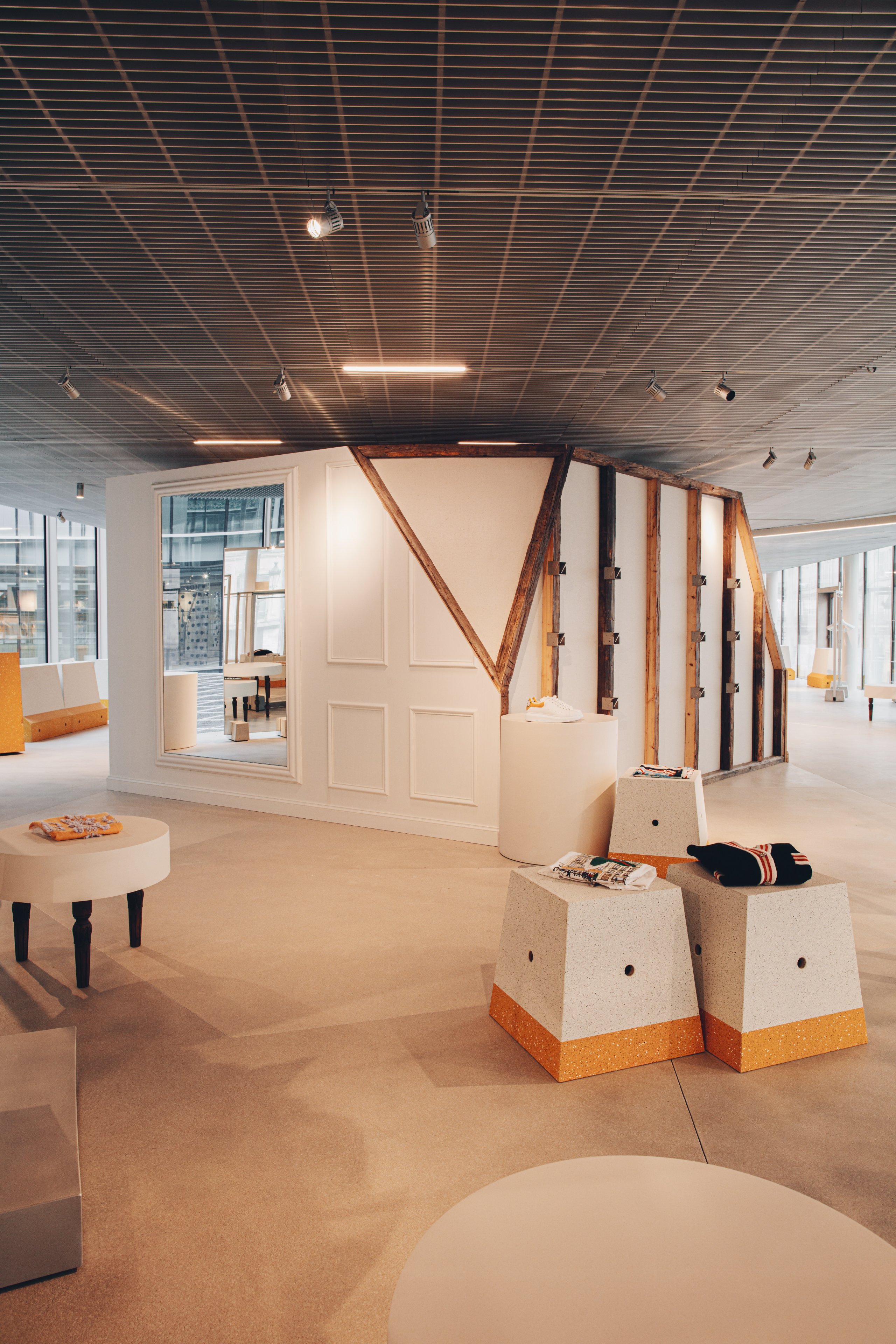
INFORMATION
Receive our daily digest of inspiration, escapism and design stories from around the world direct to your inbox.
Amy Serafin, Wallpaper’s Paris editor, has 20 years of experience as a journalist and editor in print, online, television, and radio. She is editor in chief of Impact Journalism Day, and Solutions & Co, and former editor in chief of Where Paris. She has covered culture and the arts for The New York Times and National Public Radio, business and technology for Fortune and SmartPlanet, art, architecture and design for Wallpaper*, food and fashion for the Associated Press, and has also written about humanitarian issues for international organisations.
-
 Volvo’s quest for safety has resulted in this new, ultra-legible in-car typeface, Volvo Centum
Volvo’s quest for safety has resulted in this new, ultra-legible in-car typeface, Volvo CentumDalton Maag designs a new sans serif typeface for the Swedish carmaker, Volvo Centum, building on the brand’s strong safety ethos
-
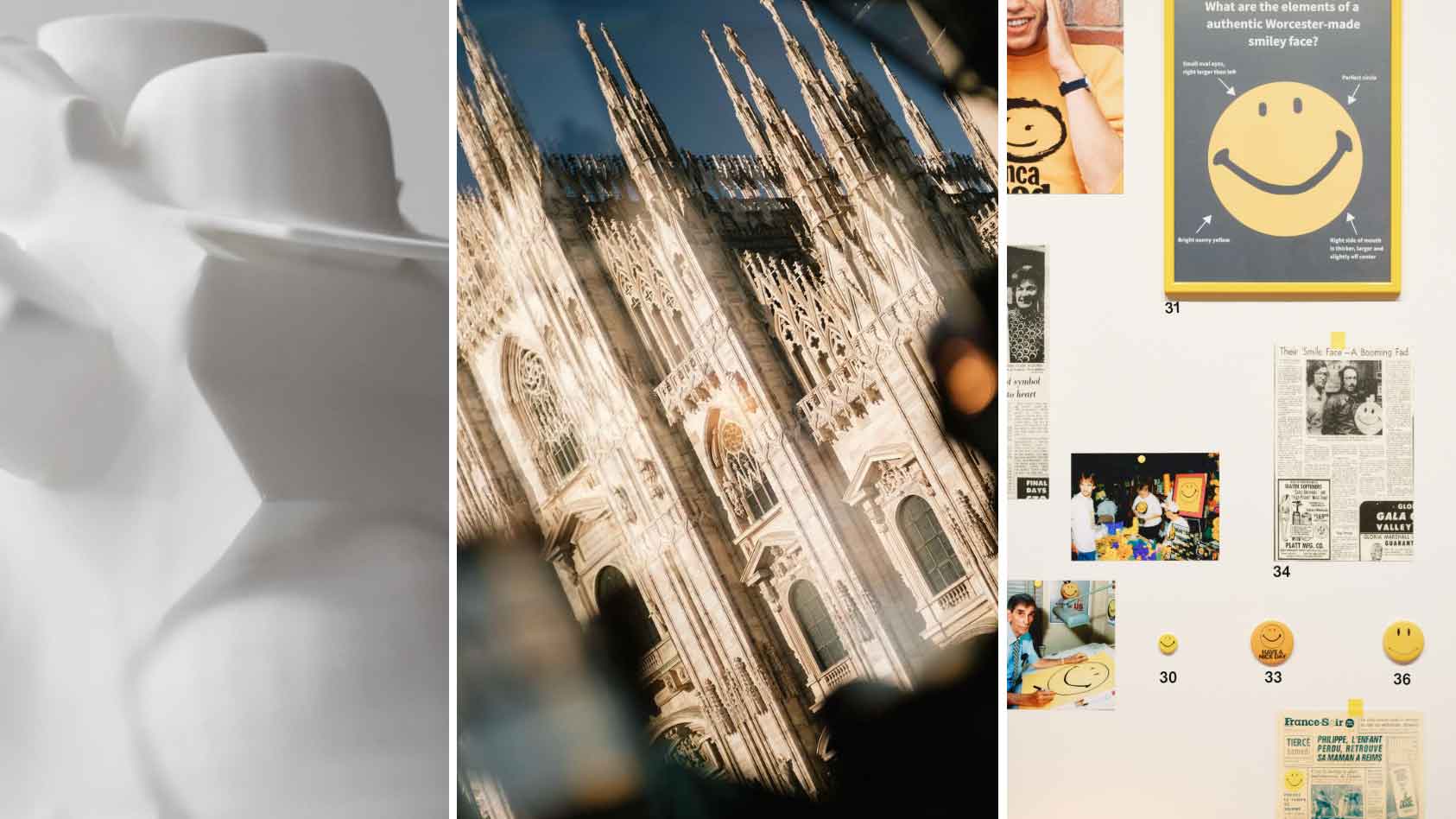 We asked six creative leaders to tell us their design predictions for the year ahead
We asked six creative leaders to tell us their design predictions for the year aheadWhat will be the trends shaping the design world in 2026? Six creative leaders share their creative predictions for next year, alongside some wise advice: be present, connect, embrace AI
-
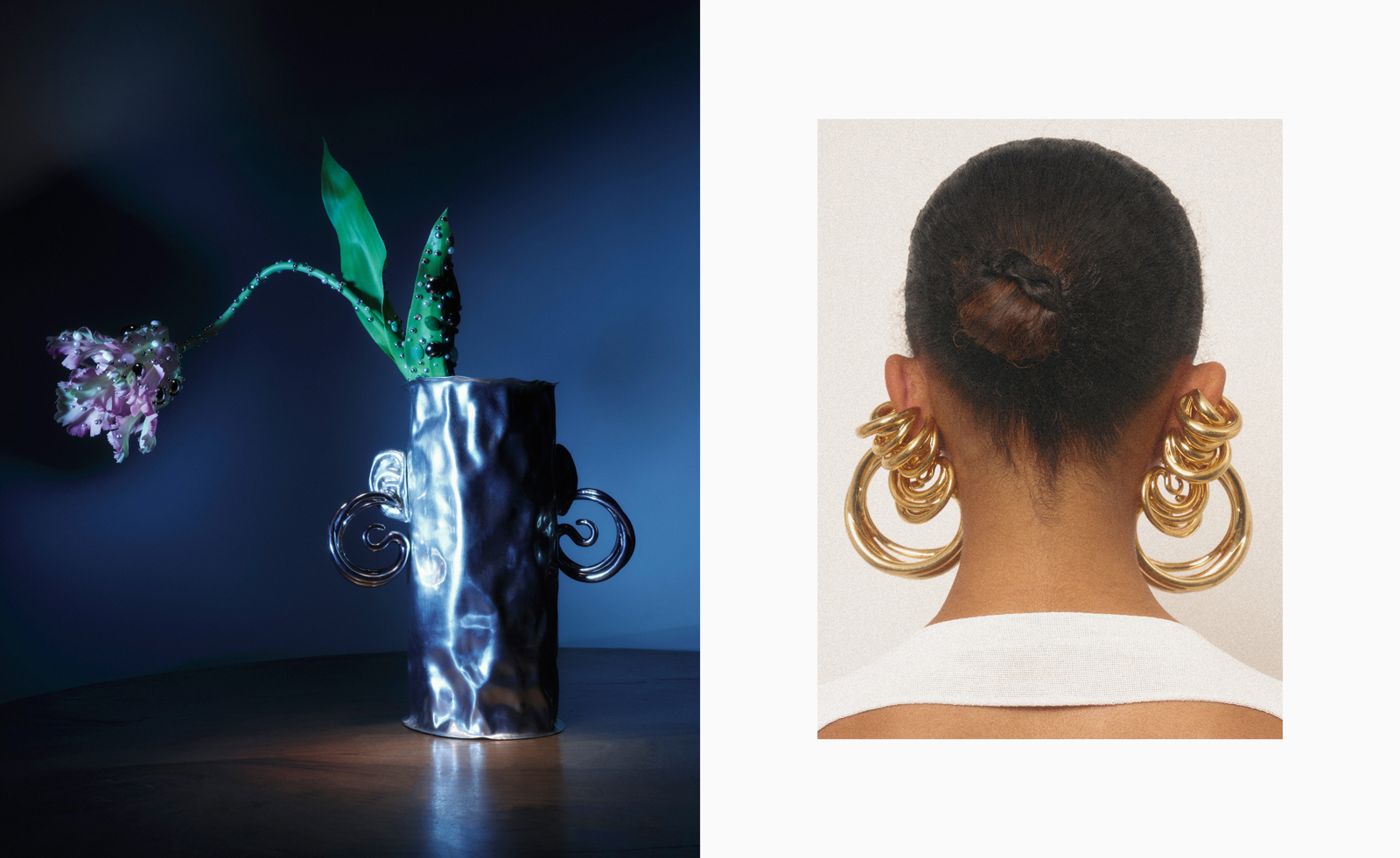 10 watch and jewellery moments that dazzled us in 2025
10 watch and jewellery moments that dazzled us in 2025From unexpected watch collaborations to eclectic materials and offbeat designs, here are the watch and jewellery moments we enjoyed this year
-
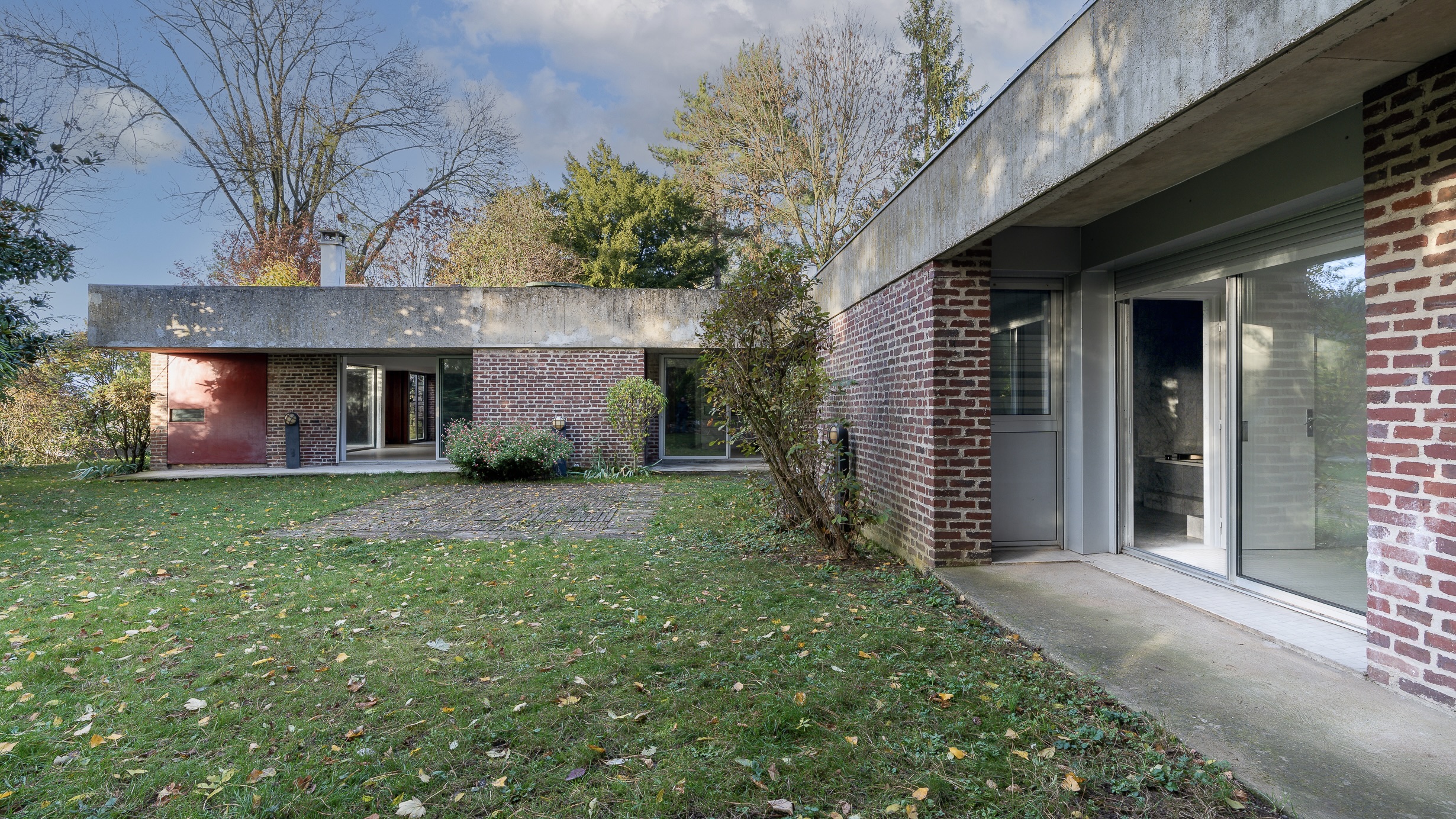 This modernist home, designed by a disciple of Le Corbusier, is on the market
This modernist home, designed by a disciple of Le Corbusier, is on the marketAndré Wogenscky was a long-time collaborator and chief assistant of Le Corbusier; he built this home, a case study for post-war modernism, in 1957
-
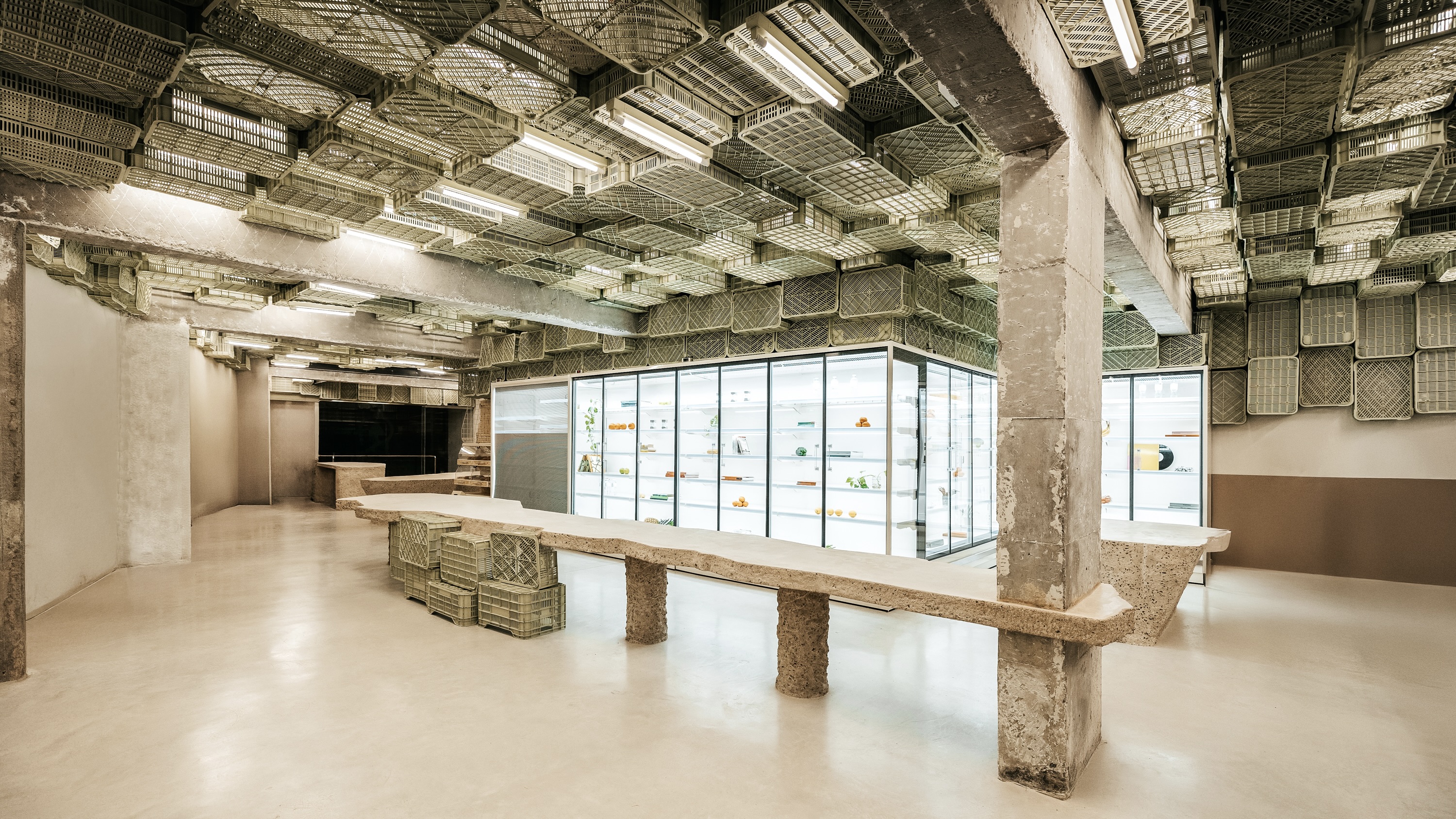 Spice up the weekly shop at Mallorca’s brutalist supermarket
Spice up the weekly shop at Mallorca’s brutalist supermarketIn this brutalist supermarket, through the use of raw concrete, monolithic forms and modular elements, designer Minimal Studio hints at a critique of consumer culture
-
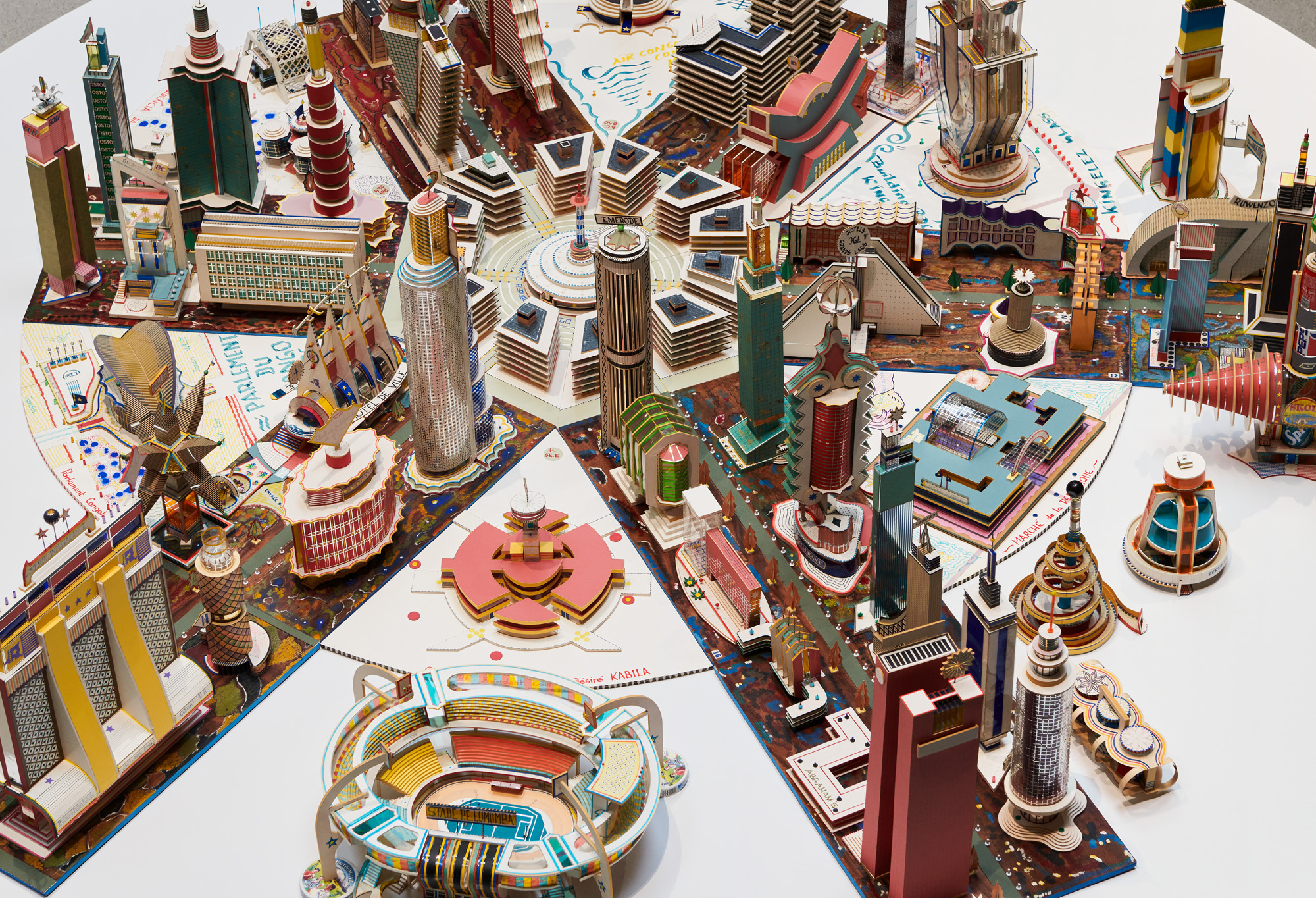 ‘You have to be courageous and experimental’: inside Fondation Cartier’s new home
‘You have to be courageous and experimental’: inside Fondation Cartier’s new homeFondation Cartier pour l'art contemporain in Paris invites us into its new home, a movable feast expertly designed by Jean Nouvel
-
 A wellness retreat in south-west France blends rural charm with contemporary concrete
A wellness retreat in south-west France blends rural charm with contemporary concreteBindloss Dawes has completed the Amassa Retreat in Gascony, restoring and upgrading an ancient barn with sensitive modern updates to create a serene yoga studio
-
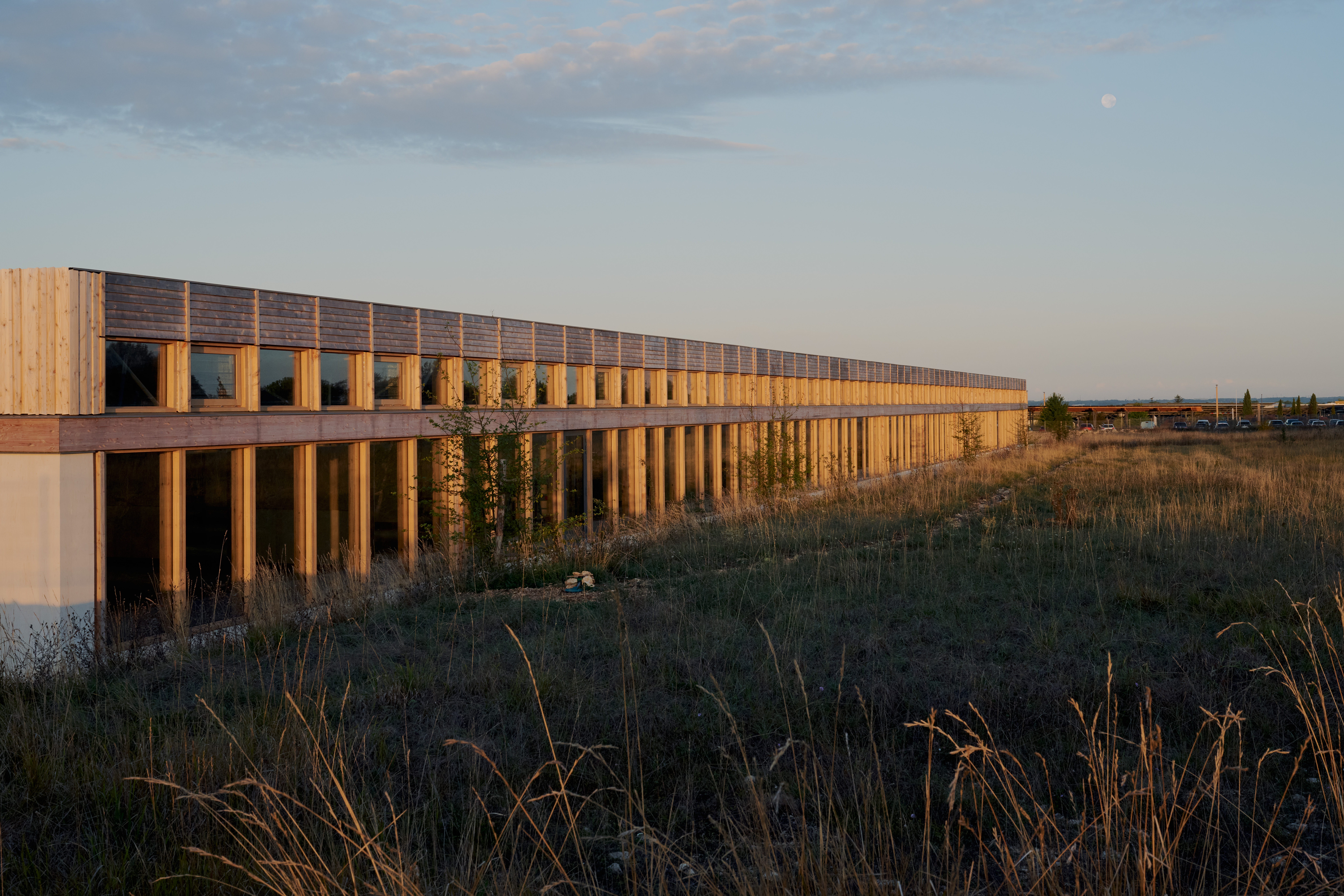 Explore the new Hermès workshop, a building designed for 'things that are not to be rushed'
Explore the new Hermès workshop, a building designed for 'things that are not to be rushed'In France, a new Hermès workshop for leather goods in the hamlet of L'Isle-d'Espagnac was conceived for taking things slow, flying the flag for the brand's craft-based approach
-
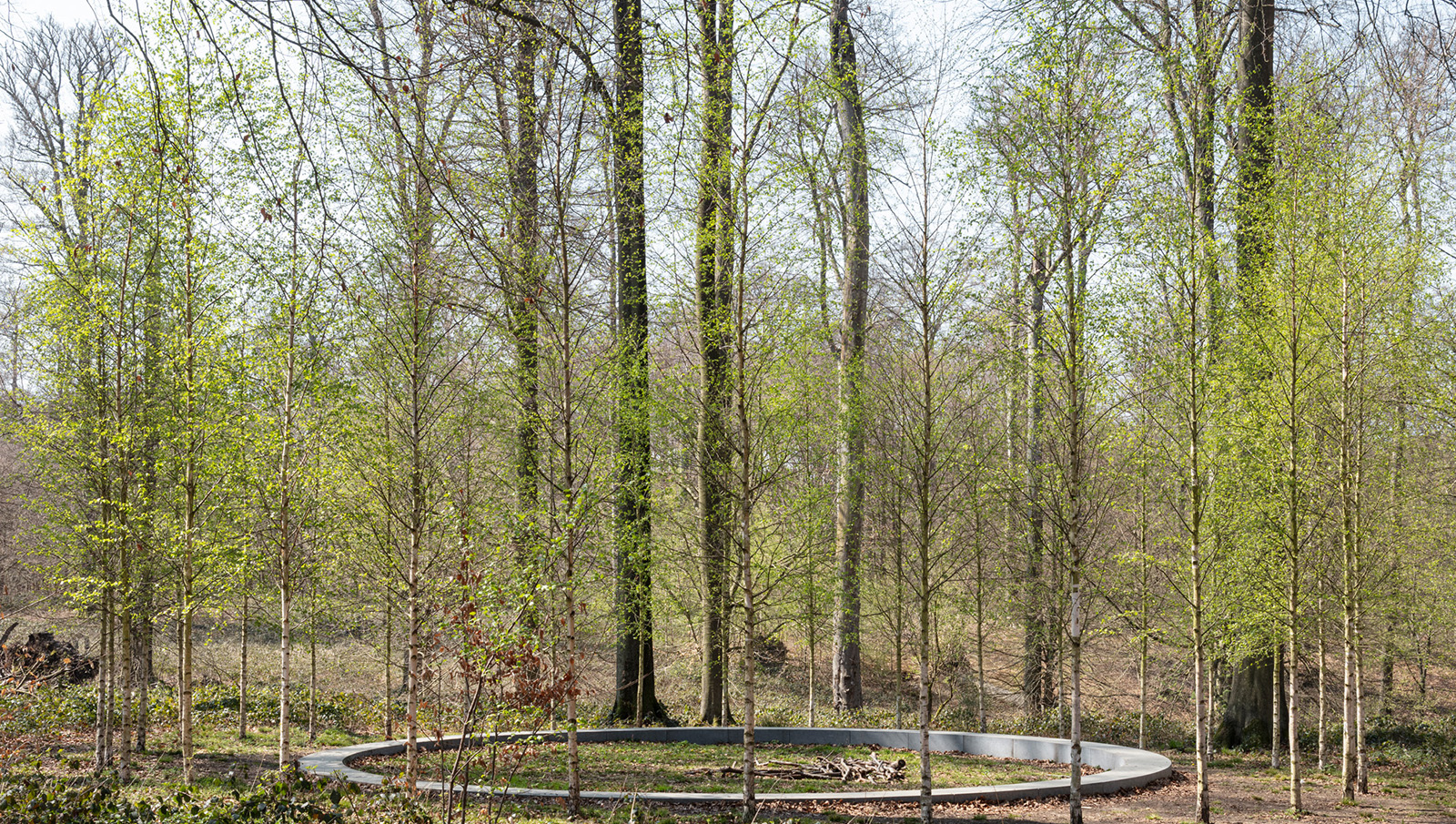 ‘Landscape architecture is the queen of science’: Emanuele Coccia in conversation with Bas Smets
‘Landscape architecture is the queen of science’: Emanuele Coccia in conversation with Bas SmetsItalian philosopher Emanuele Coccia meets Belgian landscape architect Bas Smets to discuss nature, cities and ‘biospheric thinking’
-
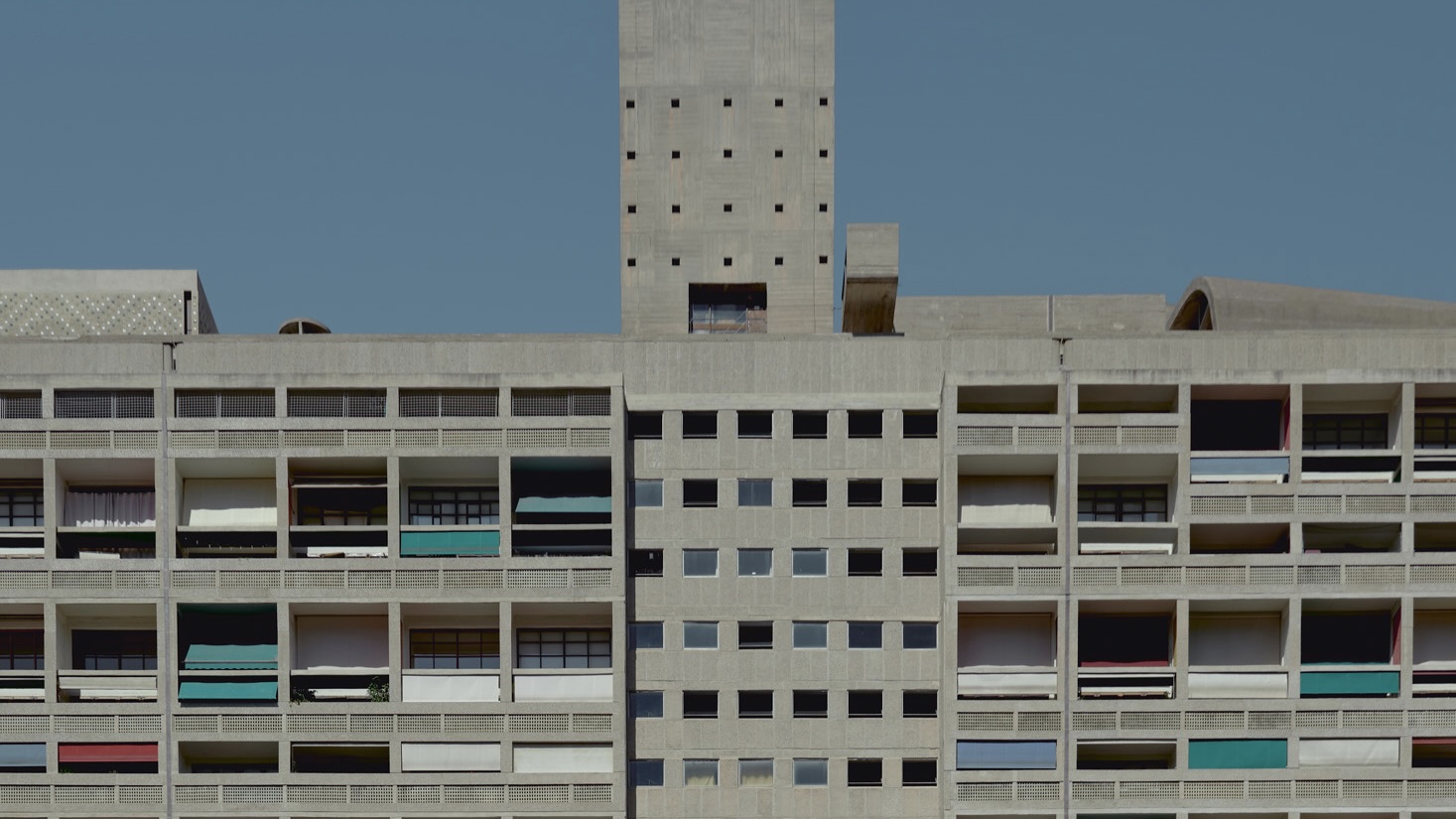 An apartment is for sale within Cité Radieuse, Le Corbusier’s iconic brutalist landmark
An apartment is for sale within Cité Radieuse, Le Corbusier’s iconic brutalist landmarkOnce a radical experiment in urban living, Cité Radieuse remains a beacon of brutalist architecture. Now, a coveted duplex within its walls has come on the market
-
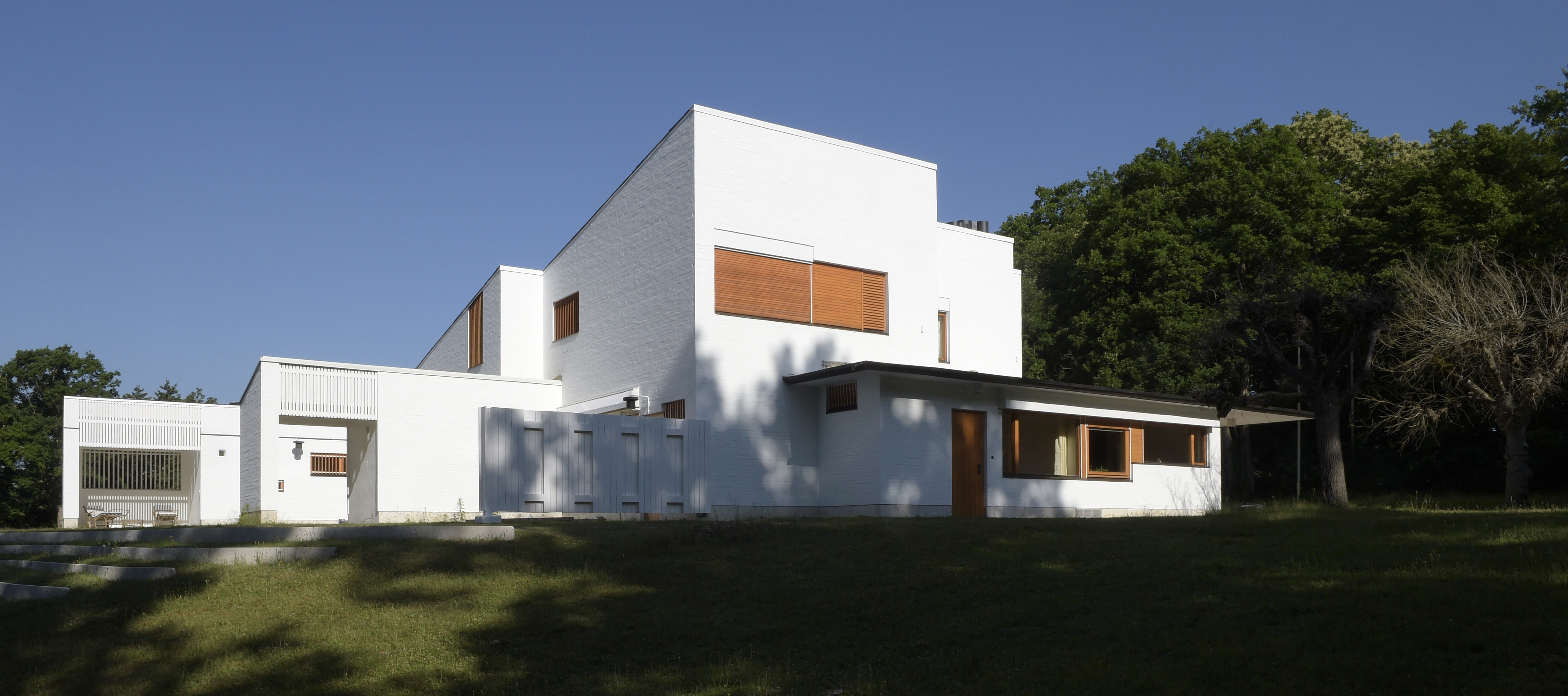 Maison Louis Carré, the only Alvar Aalto house in France, reopens after restoration
Maison Louis Carré, the only Alvar Aalto house in France, reopens after restorationDesigned by the modernist architect in the 1950s as the home of art dealer Louis Carré, the newly restored property is now open to visit again – take our tour